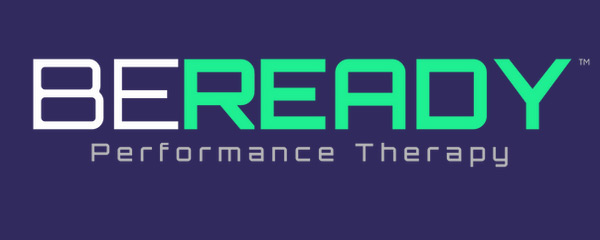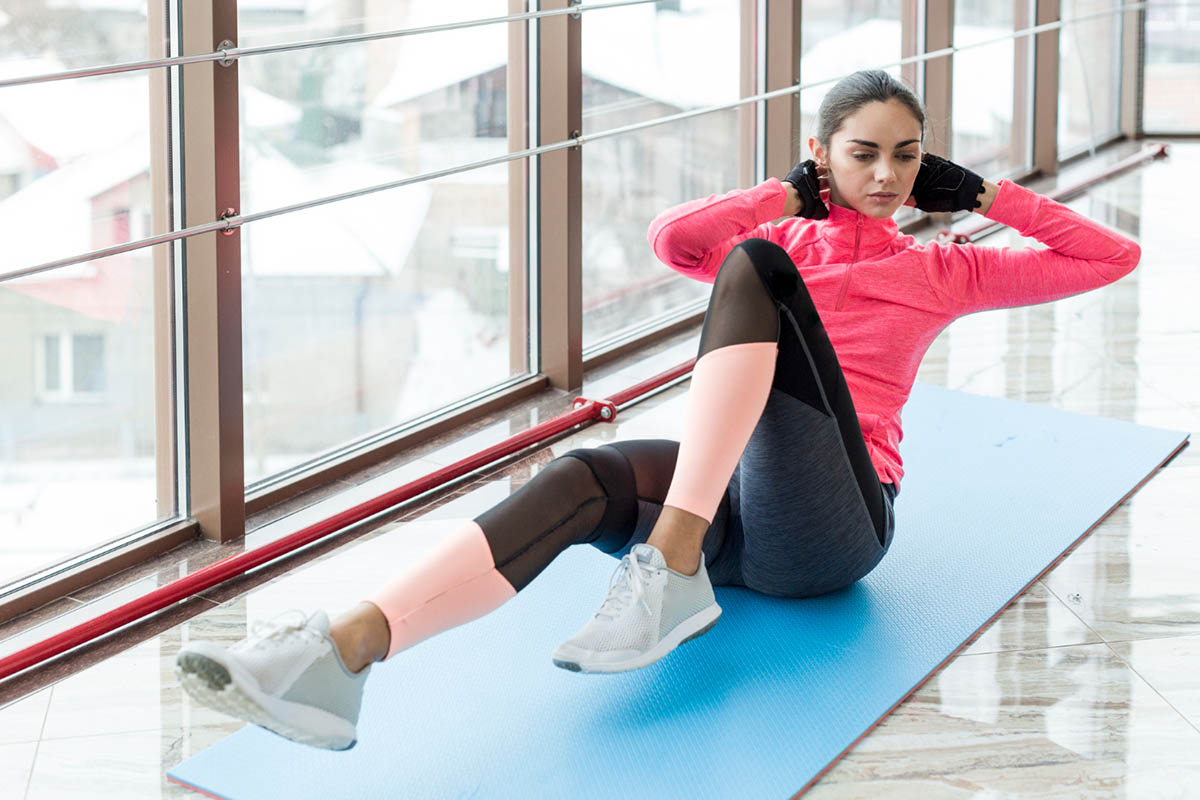Introduction
Iliotibial Band Syndrome (ITBS) is a prevalent cause of knee and hip pain, particularly among athletes and individuals participating in high physical activity levels. This discomfort often manifests in the left knee or hip and can significantly impact one’s ability to perform normal activities. Fortunately, with targeted conservative treatments and a well-structured treatment plan, managing ITBS is achievable. This blog post dives into iliotibial band syndrome exercises that serve as effective pain relief methods, emphasizing early diagnosis, correct exercise form, and the importance of consistency.
What is Iliotibial Band Syndrome?
ITBS results from inflammation and irritation of the iliotibial band, a critical ligament extending from the thigh bone to the knee, providing stability to the knee joint during motion. This condition leads to band tightness and inflammation, manifesting as lateral knee pain, particularly near the left knee for some. It’s often aggravated by repetitive movements, highlighting the need for exercises that enhance the range of motion and reduce band tightness.
What are the Causes and Symptoms?
Causes of ITBS include overuse, muscle weakness, especially in the gluteal and abdominal muscles, and poor running form. Symptoms often encompass a sharp or burning pain in the outer thighs and knees, typically worsened by repetitive motion. Knee arthritis and muscle knots can also contribute to the discomfort, underlining the condition’s complexity.
Importance of Early Diagnosis and Treatment
Diagnosing ITBS early allows for the initiation of physical therapies and exercises that target muscle weakness and improve movement patterns, crucial in alleviating band tightness and inflammation. Conservative treatments, such as restorative yoga, ice packs, and foam rolling, play a pivotal role in this phase, aiding in the recovery process.
Role of Exercise in Pain Relief

How Exercise Helps in Relieving ITBS Pain?
IT band stretches and IT band exercises tailored for ITBS work by stretching the tight IT band and strengthening the surrounding muscles, including the gluteus medius muscle and hip flexors. This approach helps in correcting poor form and alleviating band pain by enhancing flexibility and muscle strength, crucial for resuming normal activities.
Importance of Correct Form and Consistency
Maintaining correct form during exercises prevents further aggravation of the band issues, ensuring that the targeted areas receive the intended benefits. Consistency in these exercises ensures a gradual improvement in the symptoms, making it an essential aspect of the treatment plan.
Exercises for Iliotibial Band Syndrome
Suffering from Iliotibial Band Syndrome (ITBS) can be both painful and frustrating, significantly impacting your daily life and physical activities. Fortunately, targeted exercises offer hope for those seeking relief. In this section, we’ll explore a series of carefully selected exercises for IT band syndrome designed to alleviate the discomfort associated with ITBS.
Exercise 1: (Standing ITB Stretch)
- Start Position: Assume a standing position near a wall for balance, cross your left foot behind your right, keeping both feet flat on the ground to ensure a gentle stretch.
- Stretch: Lean towards the right, feeling a stretch along your left thigh and the iliotibial band. This position aids in relieving band tightness.
- Hold: Aim for a 20-30 second hold to allow for a sufficient stretch.
- Switch Sides: It’s essential to balance the stretch by repeating it on the opposite side.
- Tips: Ensure your hips remain squared and your spine in a neutral position to maximize the stretch’s effectiveness.
Exercise 2: (Hip Abduction)
- Start Position: Lie on your side, straightening the body, and use a resistance band around the thighs just above the knees to add resistance, fostering muscle strengthening in the outer thighs.
- Movement: Lift the top leg away from the bottom leg, keeping the foot flat and engaging the glute muscles.
- Hold: No specific hold, but ensure a controlled and steady lift.
- Repetitions: 10-15 repetitions on each side can significantly enhance strength and flexibility.
- Tips: Focus on slow, controlled movements to avoid knee joint stress and promote muscle engagement.
Exercise 3: (Clamshells)
- Start Position: Lying on your side with knees bent and a resistance band around your thighs, ensure your feet stay together, establishing the starting position for effective muscle engagement.
- Movement: Open and close your legs like a clamshell, targeting the gluteus medius muscle and improving hip stability.
- Hold: No hold, but focus on the controlled opening and closing of the legs.
- Repetitions: Performing 15-20 repetitions effectively counters muscle weakness and enhances the range of motion.
- Tips: Keep your hips stacked to prevent them from rolling backward, ensuring the movement targets the glutes and hip abductors.
Exercise 4: (Hip Hikes)
- Start Position: Stand on a step with one foot hanging off, ensuring the standing foot’s foot is flat for stability.
- Movement: Drop the hanging hip downwards and then lift it upwards, engaging the abdominal muscles and gluteal muscles to improve lateral knee pain.
- Repetitions: 10-15 repetitions on each side help in strengthening and stabilizing the hips.
- Tips: Keep the movement controlled and focus on using your hips without bending at the waist.
Exercise 5: Side Leg Raises
- Start Position: Lying on your side, keep the lower leg bent for support and the upper leg straight. A yoga strap or resistance band can be used around the ankles for added resistance.
- Movement: Raise the upper leg towards the ceiling, engaging the outer thighs and hips, then lower it with control.
- Hold: No specific hold, but ensure a controlled movement up and down.
- Repetitions: Aim for 10-15 repetitions, focusing on muscle engagement without causing knee flexion stress.
- Tips: Keep your torso stable and avoid rolling forward or backward. The movement should be slow and controlled.
Precautions and Tips

When to Avoid These Exercises?
If any exercise leads to an increase in pain, particularly knee pain, or exacerbates the symptoms of ITBS, it’s advisable to halt the activity and consult a healthcare provider. A customized physical activity plan may be necessary.
Importance of Warming Up Before Exercising and Cooling Down Afterward
Incorporating a gentle stretch routine before and after exercises can significantly reduce the risk of injury and aid in recovery, especially in managing IT band tightness and inflammation.
Listening to Your Body and Not Overdoing It
Understanding and respecting your body’s limits is crucial in avoiding overuse and repetitive movements that may worsen IT band issues. Adjusting the intensity and frequency of exercises according to your body’s feedback is key to a successful recovery.
Beat IT Band Syndrome with Be Ready Performance Therapy
At Be Ready Performance Therapy, our commitment goes beyond general wellness; we specialize in the precise needs of individuals suffering from IT Band Syndrome. Leveraging our expertise in physical therapy, we offer cutting-edge, evidence-based treatments tailored to alleviate the pain and discomfort associated with IT Band Syndrome.
Our approach focuses on a comprehensive assessment to understand the unique aspects of your condition, followed by a customized treatment plan that includes targeted exercises, advanced therapeutic techniques, and education on preventive practices to avoid running injuries and other activities that could exacerbate the condition.
Conclusion
Managing Iliotibial Band Syndrome requires a comprehensive approach that includes targeted exercises, proper form, and consistency. By incorporating these strategies, individuals suffering from ITBS can achieve significant pain relief and return to their preferred level of physical activity without discomfort.
FAQs
What triggers IT band syndrome?
Factors such as overuse, muscle weakness, and poor form in physical activities are common triggers for ITBS.
What makes the iliotibial band worse?
Neglecting early symptoms, continuing with aggravating exercises, and lack of appropriate treatment can worsen the condition.
How long does IT band take to heal?
The healing process for the IT band varies, with some individuals experiencing improvement within weeks, while others may require several months, depending on the severity and adherence to the treatment plan.


